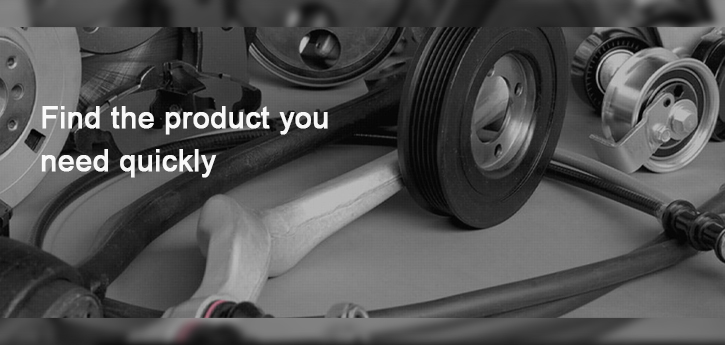How to start the car in winter
On a cold winter morning, you finally get out of your bed and get ready to go to work. At this time, your car can’t get up. This will definitely make you very annoyed.First of all, I will tell you this is a common phenomenon, because low temperature will cause your car battery to produce less current, which makes it more difficult for your engine to roll over in the morning. The cold also prevents your engine oil from flowing normally, which puts more pressure on the battery.
So, what do you do next when your car won’t start?
In order to know what should be done to prevent cold-weather starting issues, it’s helpful to understand exactly why cold weather makes it harder to start cars. There are four reasons, three of them common to most cars and a fourth that affects older models:
1: Batteries hate the cold
Cold weather and car batteries simply don’t mix well.
2: Engine oil doesn’t like cold much either
In cold weather, engine oil becomes thicker and doesn’t flow as well, so moving the engine parts through it is harder.
3: Cold weather can cause fuel problems
If there’s any water in the fuel lines (there shouldn’t be, but it happens), sub-zero temperatures can cause that water to freeze, blocking the flow of fuel.
4: Older cars can have carburetor issues
Carburetors are very delicate instruments that often don’t work well in the cold, particularly because tiny nozzles called jets get clogged with ice or because fuel didn’t evaporate well in them. This problem doesn’t affect cars that don’t have carburetors, so if yours was built in the last 20 years you don’t need to worry about this.
How to Start the Engine
1. Turn everything off
All your standard electrical accessories, such as headlights, wipers, heaters, and radios will drain the battery, so turning off all of them before trying to start the car will give the battery a better chance of starting the engine.If your engine does start, let it run a while before you switch any of these accessories back on or you run the risk of killing the battery again.
2. Dip the clutch when turning on the ignition
Another sneaky trick that can sometimes work is to dip the clutch slightly when you turn the ignition. This actually reduces the amount of work the battery has to do, and gives the engine a fighting chance of starting up, even in a cold car.
3. Check your battery leads are clean and tightened
Locate your car battery under the bonnet and look carefully at the cables. If you can see signs of corrosion – a salty, crusty substance – then you’ll need to clean this so the battery can work properly. Making sure you’re wearing protective goggles and gloves, disconnect the battery cables (negative electrode first) and clean with a toothbrush and a strong mixture of baking soda and water. When you replace the cables, always connect the negative one last to avoid electric shock.
If your cables are corrosion-free, it’s still a good idea to check how tight they are, as loose cables can stop the current from flowing properly. If the clamps are loose, tighten them up before trying the ignition again.
4. Fill up your engine oil
Does your engine sound like it’s really struggling to turn over when you try the ignition? It might be because you’re low on engine oil. If your oil is low it puts a lot more strain on the battery to start the engine, and if the battery is cold or not in top condition to begin with then you’ll never get off the mark. Use a dipstick to check oil levels and, if it’s looking low, top it up before you try to start the engine again.
5.Waiting for rescue
If you still cannot start after trying the above methods, you should call for help. Then ask your mechanic to check your car to prevent the same thing from happening the next day.
Post time: Nov-10-2021

 Rubber-Metal Parts
Rubber-Metal Parts img
img img1
img1 img2
img2 img
img img3
img3 img
img img1
img1 img2
img2 img3
img3 img4
img4 img
img img1
img1
